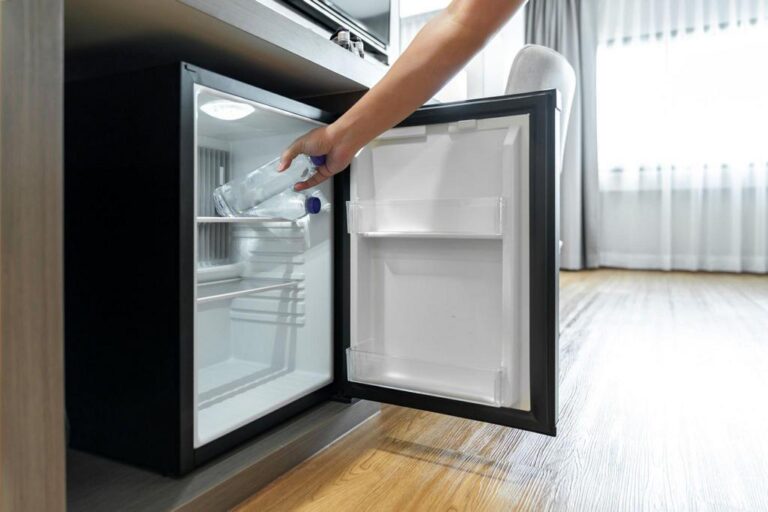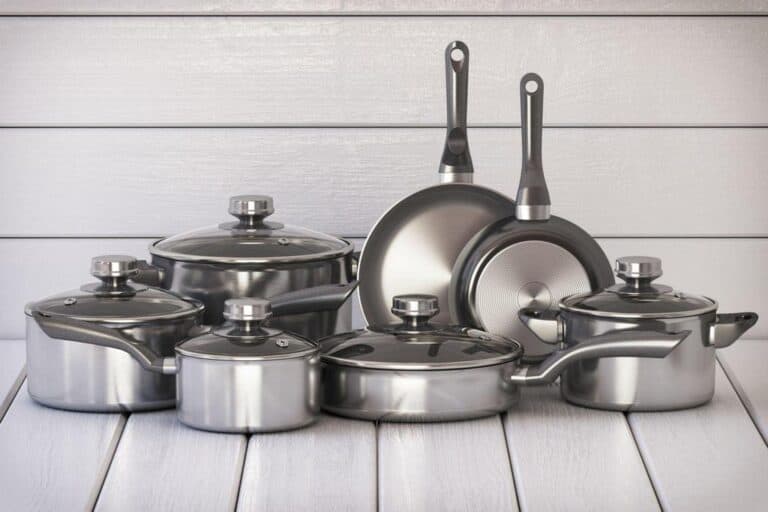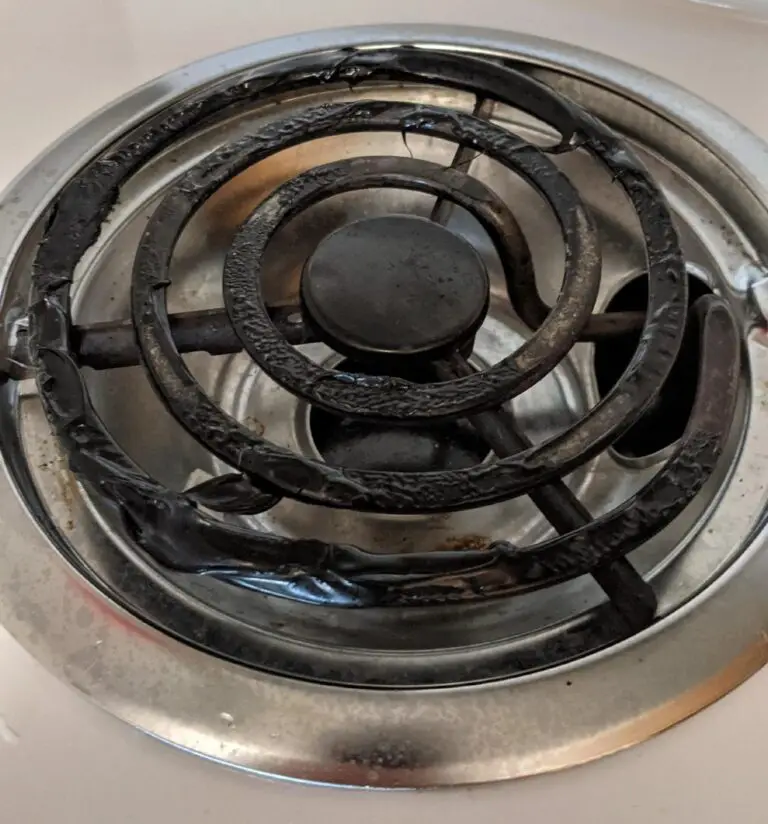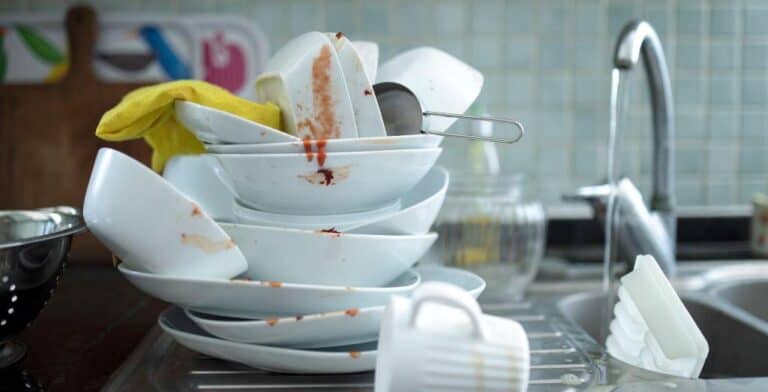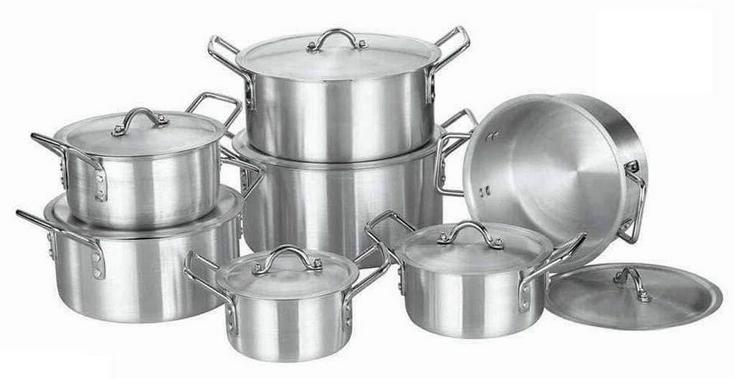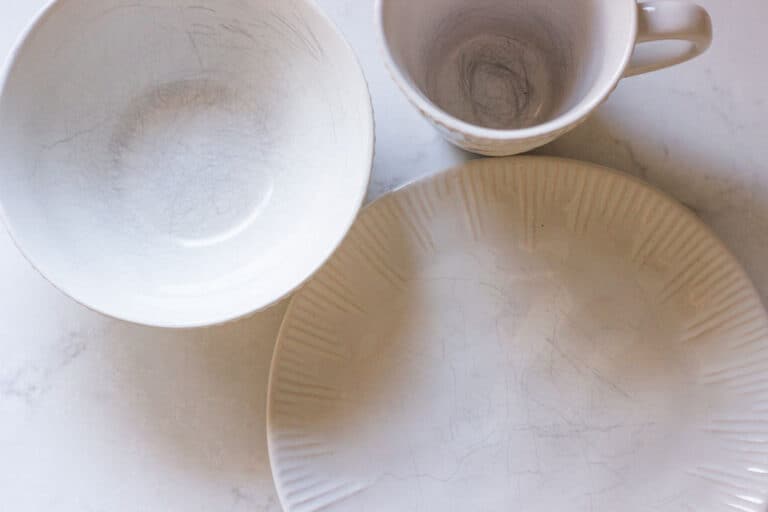Can You Safely Put a Ceramic Teapot on the Stove? Facts You Need to Know

If you’re a tea lover, you know that having a good teapot is an essential part of the experience. But what if you have a beautiful ceramic teapot that you’d love to use on the stove? Can you safely put a ceramic teapot on the stove, or is it a recipe for disaster?
In this blog post, we’ll explore the pros and cons of using a ceramic teapot on the stove and offer some tips and alternatives for safely heating up your tea.
We’ll look at the type of ceramic used, the temperature of the stovetop, and other things that could affect how safe it is to use a ceramic teapot on the stove.
So grab your favorite brew and let’s dive in!
Can You Put a Ceramic Teapot on the Stove?
The answer is no. Ceramic teapots are not made to be put directly on a stove because the sudden change in temperature is likely to crack or break them.
Even if you were using low heat and kept an eye on it, ceramic teapots will still likely become brittle over time when exposed to direct heat from a stove.
Ceramic is a porous, fragile material that breaks easily when exposed to high heat and is sensitive to changes in temperature. This means that if you put a cold ceramic teapot directly on a hot stovetop, the rapid increase in temperature can cause the pot to crack or break.
It’s important to note that this applies to all types of ceramic teapots, including those made of porcelain, earthenware, and stoneware. Even though these materials may have different qualities and be more or less likely to break, none of them can be used on a stovetop.
Putting a Ceramic Teapot on the Stove May Cause It to Crack or Break
Putting a ceramic teapot on the stove risks it cracking or breaking due to the high heat. If the teapot isn’t stovetop-safe or the ceramic isn’t strong enough, this can happen.
When you put a ceramic teapot on the stove, the temperature changes quickly and drastically, which is one of the main reasons why it may crack or break. The stove’s heat can rapidly expand the teapot’s ceramic material, cracking or breaking it.
The temperature difference between the cold teapot and the hot stove can be significant, especially if the teapot is hot or just out of the fridge.
Another factor that can affect the safety of using a ceramic teapot on the stove is the type and quality of the ceramic material. Thin, porous ceramics are more likely to crack or break. Low-quality ceramics may also crack or break when heated.
Finally, the heating method used can also affect the safety of using a ceramic teapot on the stove. If you use a high heat setting or put the teapot directly on the burner, it may crack or break. But a heat diffuser and a low heat setting can spread heat evenly and make it less likely that the teapot will crack or break.
WARNING
Ceramic teapots are not designed for direct heat sources such as electric or gas stoves. When placed directly on the heat source, the pot will crack or break due to rapid expansion when heated too quickly. Also, if it got too hot and had boiling water inside, it could explode from the sudden change in temperature. This can cause serious injuries and damage to property, and it can also break your favorite teapot.
Can Ceramic Cookware Be Used on Electric Stoves?
Ceramic cookware is a popular choice for many home cooks because it doesn’t stick and can be used in many ways. One question that often arises is whether ceramic cookware can be used on electric stoves.
The answer is usually yes, but there are some important factors to consider.
First, it’s important to check the manufacturer’s instructions for your specific brand of ceramic cookware. Always follow the manufacturer’s instructions for using ceramic cookware on electric stoves.
Next, electric stoves take longer to heat up than gas stoves. This means that it may take longer for ceramic cookware to reach the desired temperature on an electric stove. To avoid cracking or breaking ceramic cookware on an electric stove, use low to medium heat settings.
What Temperature Does Ceramic Teapot Burn?
The burning point of most ceramic teapots will depend upon the quality of the material used in their construction. Generally, most ceramic teapots are able to withstand temperatures up to 600°F before they start to burn.
This means that you should never boil your tea at a temperature higher than 600 °F. If you do, you could hurt yourself or break your pot. Remember that some materials have different burning points depending on how they’re made, so ask someone who knows if your pot can handle heat.
What Cookware Should Not Be Used on a Glass Top Stove?
Many home cooks choose glass-top stoves because they look sleek and modern and can spread heat evenly. However, certain types of cookware are not suitable for use on glass-top stoves and can potentially damage the surface.
One type of cookware to avoid using on a glass-top stove is cast iron. Cast iron is durable and versatile, but it is rough and can scratch a glass-top stove when dragged across it, especially when full of food. Stoneware and other glass or ceramic cookware can also cause scratches on a glass-top stove, as they have a similar rough surface.
Avoid using rough or jagged cookware on a glass top stove, too. These types of pots and pans can also cause scratches or damage to the surface, especially if they are dropped or mishandled.
Use cookware designed for glass top stoves to prolong the life of your stove. Non-stick and stainless steel cookware are generally good choices, as they are smooth and less likely to cause scratches. Avoid dragging cookware across the stove and handle it carefully.
Safely Using a Ceramic Teapot on the Stove
If you still want to use a ceramic teapot on the stove despite the risks, there are a few things you can do to reduce the likelihood of the teapot cracking or breaking. These include:
- Use a low heat setting. By using a low heat setting, you can help to reduce the risk of the teapot cracking or breaking due to the extreme heat. This is because a lower heat setting will cause the ceramic material to expand more slowly, giving it more time to adjust to the heat and reducing the risk of cracking or breaking.
- Add a heat diffuser. A heat diffuser is a device that is placed between the burner and the teapot to evenly distribute the heat and reduce the risk of the teapot cracking or breaking. There are several types of heat diffusers available, including those made of metal or ceramic, and they can be placed on the burner before the teapot is placed on top.
- Choose a high-quality ceramic teapot. If you’re planning to use a ceramic teapot on the stove, it’s worth investing in a high-quality teapot made of a durable and heat-resistant ceramic material. This will help to reduce the risk of the teapot cracking or breaking due to the high heat.
- Preheat the teapot. If you’re using a ceramic teapot on the stove, it’s a good idea to preheat the teapot by filling it with hot water and letting it sit for a few minutes before pouring out the water and adding the tea or other hot liquid. This will help to gradually adjust the temperature of the teapot and reduce the risk of it cracking or breaking due to the extreme heat.
- Follow the manufacturer’s instructions. If you have a ceramic teapot that is specifically designed for use on the stove, make sure to follow the manufacturer’s instructions carefully. These instructions may include specific guidelines on how to safely use the teapot on the stove, such as using a low heat setting or adding a heat diffuser.
Alternative Methods for Heating up Water or Tea in a Ceramic Teapot
If you’re worried about the risks of using a ceramic teapot on the stove, there are several alternative methods for heating up water or tea that you can try. These include:
- Use a heating pad or electric teapot warmer. These devices are designed specifically for heating and keeping tea warm. You can place your ceramic teapot on top of the heating pad or warmer to gently heat the contents.
- Using a microwave. One simple and convenient way to heat up water or tea in a ceramic teapot is to use a microwave. Simply fill the teapot with water, place it in the microwave, and set the microwave to the desired heat setting. The water will be heated quickly and evenly, and there is no risk of the teapot cracking or breaking due to the high heat.
- Using an electric kettle. Another option is to use an electric kettle to heat up the water, and then pour it into the ceramic teapot. Electric kettles are designed specifically for heating water and are much safer to use than a stovetop burner. They also allow you to control the temperature of the water more precisely, which can be helpful if you’re brewing a specific type of tea that requires a specific water temperature.
- Using a stovetop kettle. If you prefer the traditional method of heating water on the stove, you can use a stovetop kettle instead of a ceramic teapot. Stovetop kettles are specifically designed for use on the stove and are much more durable and heat-resistant than ceramic teapots. They also have a spout and handle, which makes it easier to pour the hot water into the teapot or cups.
- Use a gas burner or camping stove. If you are camping or don’t have access to electricity, you can use a gas burner or camping stove to heat the water in your ceramic teapot. Just be sure to use a low flame and keep a close eye on the pot to avoid overheating.
- Using a teapot with a built-in heating element. Some teapots come with a built-in heating element that allows you to heat up the water or tea directly in the teapot. These teapots are designed specifically for use on the stove and are much safer to use than a traditional ceramic teapot. They also often have temperature control settings, which can be helpful if you’re brewing a specific type of tea that requires a specific water temperature.
What Is the Difference Between Ceramic and Porcelain Teapots?
Ceramic and porcelain teapots are both popular choices for brewing tea, but there are some key differences between the two materials.
Ceramic teapots are made of a type of clay that is fired in a kiln at high temperatures to harden and strengthen the material. Ceramic teapots are typically made of a mid-range clay that is fired at a temperature between 2124°F and 2264°F (1162-1240°C). This type of clay is strong and durable, but it is also more porous than other types of clay, which means that it is more prone to absorbing liquids and odors.
Porcelain teapots, on the other hand, are made of a finer, more refined clay that is fired at a higher temperature than their ceramic equivalents. Porcelain is made from kaolin, a type of white clay that is extremely fine and pure. It is fired at a temperature of around 2700 °F (1482 °C), which makes it much harder and more durable than ceramic. Porcelain is also much less porous than ceramic, which means that it is less likely to absorb liquids and odors.
In terms of appearance, porcelain teapots are often smoother and more delicate-looking than ceramic teapots, which tend to have a more rustic or artisanal appearance. Porcelain teapots are also more lightweight and delicate than ceramic teapots, which can make them more prone to chipping or breaking if they are handled roughly.
Here is a summary to compare the differences between ceramic and porcelain teapots:
Ceramic Teapots
VS
Porcelain Teapots
- Type of clay: Mid-range clay
- Firing temperature: 2124℉ – 2264℉
- Durability: Moderate
- Porosity (ability to absorb liquids/odors): High
- Weight: Moderate
- Appearance: Rustic/artisanal
- Type of clay: Fine kaolin clay
- Firing temperature: 2700℉
- Durability: High
- Porosity (ability to absorb liquids/odors): Low
- Weight: Light
- Appearance: Smooth/delicate
Note: These are just generalizations. The exact type and quality of the ceramic or porcelain material, as well as the way it was made, can change these qualities.

